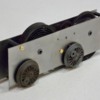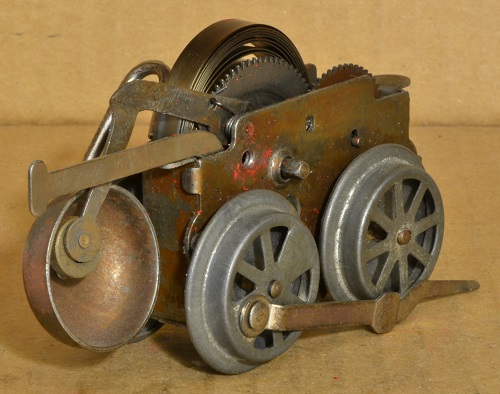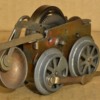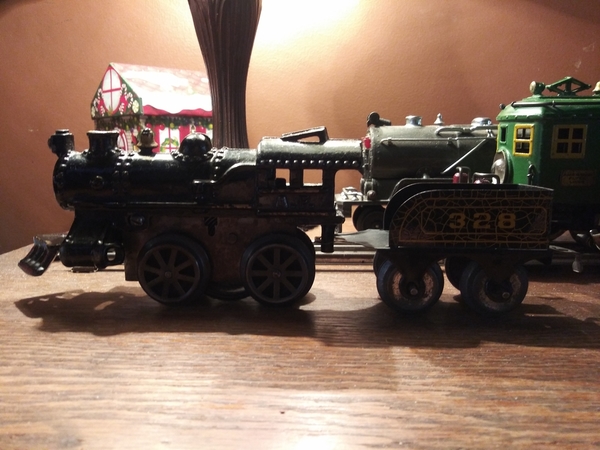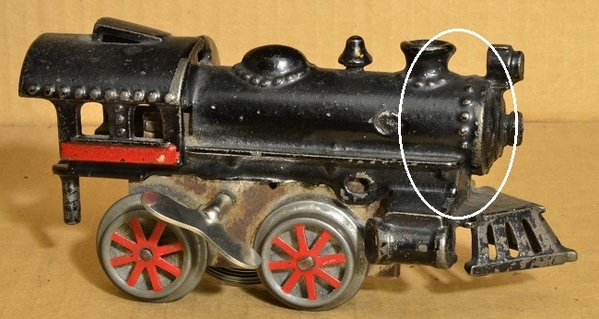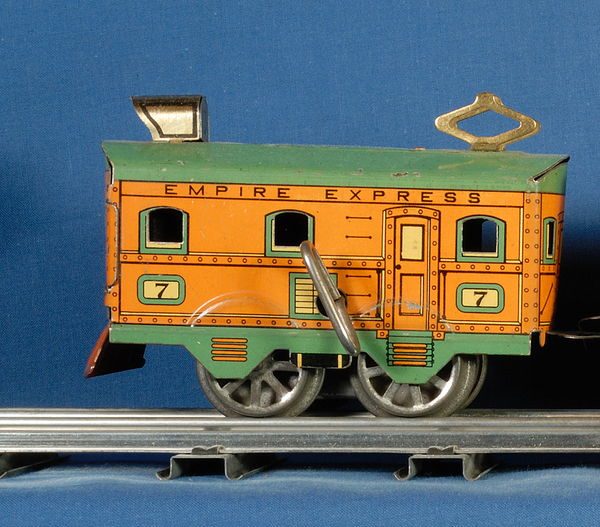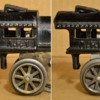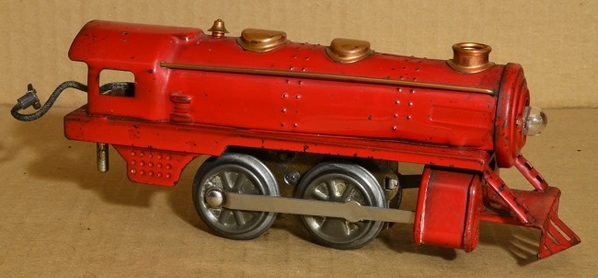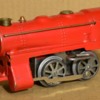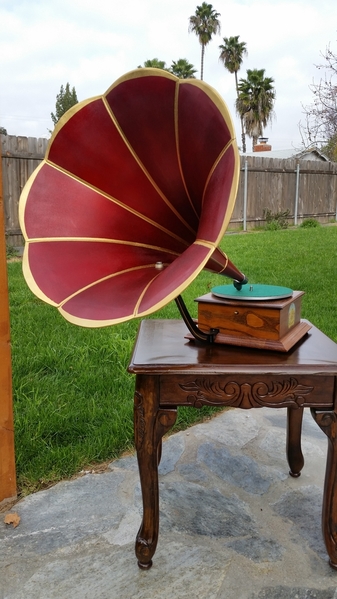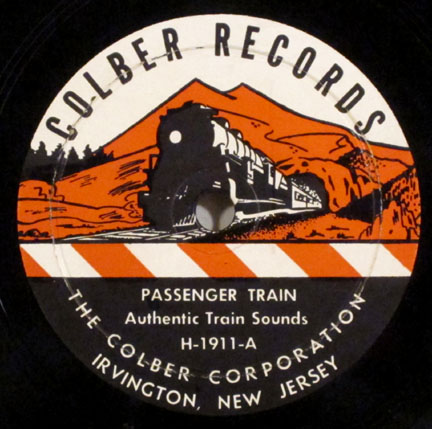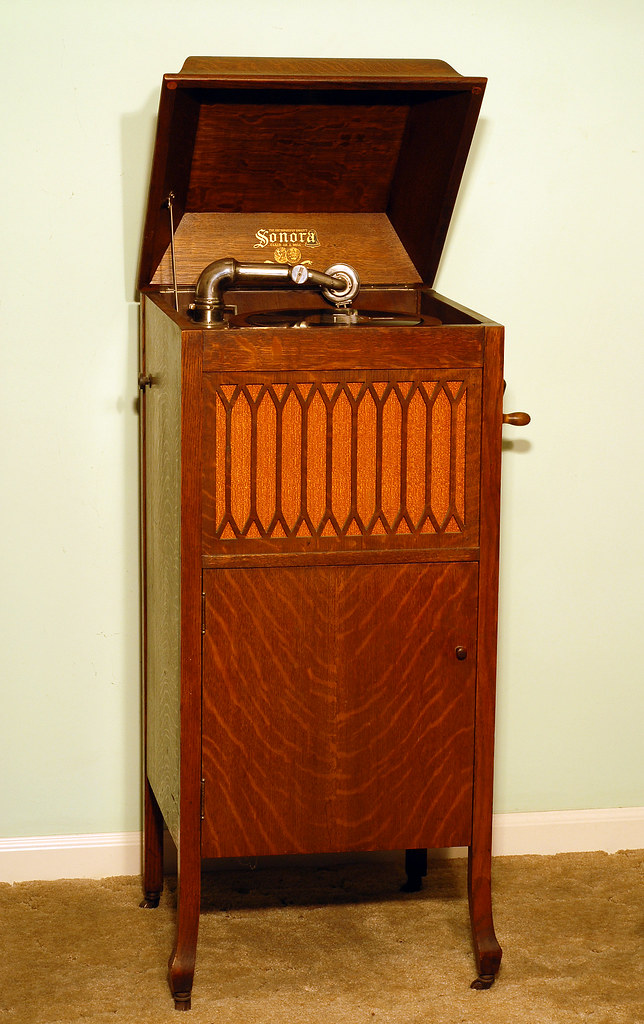Last night was a bit of a collecting pinnacle for me as I managed to score what I think is a very collectible little treasure lets see if you can guess it from the first couple of pictures ?


Yes? No? ... Just by the look of it , my back of the neck hairs started to tingle a bit ... but luckily for me there was also another picture that when I looked hard enough, def got the heart thudding a fair bit harder...

Any Closer ?
Yep the little plaque inside has two magic little letters E.P. Under a winged wheel
Ernst Planck ( or Plank ) !!!
First I thought the paint was def an overpaint , but on researching this as best I can ( and the fact the loco is not in my hand but still in the UK) I managed to locate one pic on the web of a loco that sold in England in 2014 and the loco there appears to be painted rather than a litho example... This one does appear to have the connecting body bolt painted over tho so that would hint its not factory livery sadly.
Compared to the other example this would appear to be a lesser variant , as it does not have valve rods or cylinders and looks to have never had them previously , same with the cast headlamp... if you look closely you can see the mounting areas on the wheels which have NOT been drilled out and the one remaining cylinder plate doesnt look like its had stuff soldered onto it? Unfortunately the keyside cylinder plate is missing as a casualty of age.
Here is the other more original (?) picture I found

My wheels do not appear to have ever been painted ( as much as I can tell by the pics alone)
I am wondering if my little loco is perhaps a precursor to the more elegantly outfitted one, or simply a less expensive version of the same , I am not sure if EP did various "levels" of manufacture , the Auction site did list their variant as c1900 , which would place them as the first or some of the first Planck O gauge issues (?)
I am really hopng some of the fine members here might have resources or knowledge available to fill in the gaps or dispell any of my research ...
I am pretty stoked to have the opportunity to snaffle something like this . As a collector with a very limited budget (TBH I really cant ever afford higher level toys ) I am amazed at what dogged stalking can uncover out there and am so thankful there is still the occasional seller who doesnt know what they have got and is perfectly happy to pass along something like this at a very affordable pricepoint ... I am also aware the probably repaint would deter high end collectors , which I am thankful for , because I could not have won a more serious bidding war .. I was fully expecting NOT to win this loco , and someone DID have a crack with just a few seconds to go , but I managed to crack back 
![]() I know... it looks too odd to be a Marx original, right? But, Marx did produce the two-speed windup motor. I would like to find another one someday.
I know... it looks too odd to be a Marx original, right? But, Marx did produce the two-speed windup motor. I would like to find another one someday.![]()











